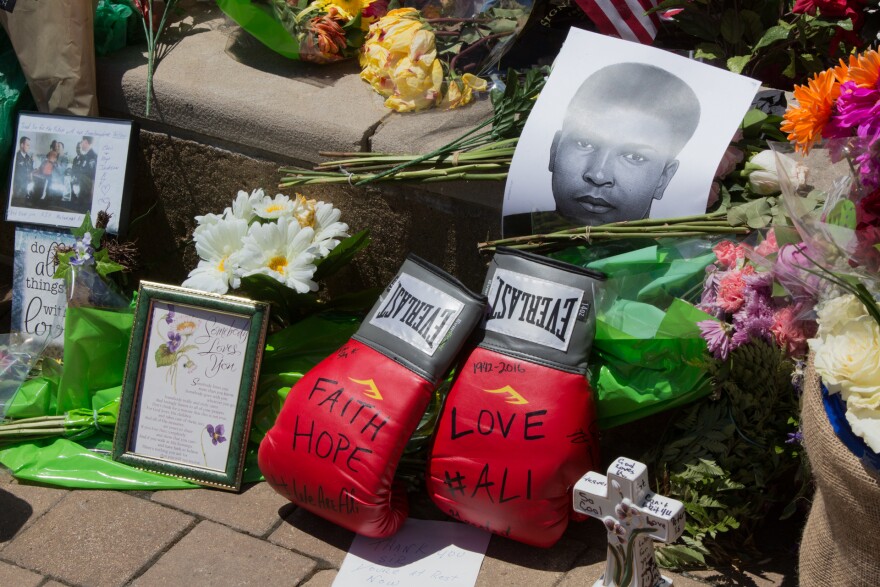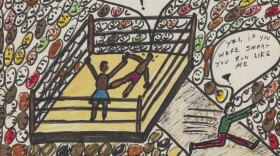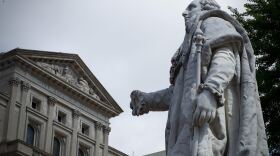Almost immediately after Muhammad Ali died in 2016, members of the public started petitioning to have a statue erected in his honor.
And when we asked what Louisvillians would ideallylike to see in place of the John Breckinridge Castleman statue, which is to be removed from its pedestal in Cherokee Triangle by the end of the year, many people responded with the same name: Ali.
One listener said Ali was an ideal candidate as he was “an athlete, philanthropist, a go-getter, and a peaceful activist.”
Another wrote: “The fact that there's no Muhammad Ali statue in this city is nuts — seems like an opportunity for an iconic public monument missed.”
This isn’t the first time the public has suggested Ali as a replacement for a controversial monument; officials, including former Democratic state treasurer Jonathan Miller, suggested the boxer’s likeness be erected in place of the statue of Confederate President Jefferson Davis in the Capitol rotunda.
In a2014 column for Kentucky Sports Radio, Miller wrote:
According to Jeannie Kahnke of the Muhammad Ali Center, they receive a lot of requests to use Ali’s likeness.
“Over the years, I cannot tell you how many times people have come to us, saying ‘I want to do a Muhammad Ali statue,’” she said. “It has probably been at least 15.”
However, Ali was a devout Muslim, and he felt his faith would prohibit full-body statues being erected of him — which, Kahnke said, would prevent Ali’s family from giving their blessing for a life-size statue of him.
But other artists have honored “The Greatest” in creative ways that align with his religious beliefs.
For example, in 1991, Louisville sculptor Ed Hamilton co-created a 12-foot-tall stainless steel sculpture with the late Zephra May Miller; it featured two boxing gloves overlapping to form a heart in the middle. Installed in the Smoketown neighborhood, it was meant as a celebration of the spirit of the neighborhood, its historic link to boxing and the start of Ali’s career with local trainer Fred Stoner.
In 2011, Los Angeles-based artist Michael Kalish created a“portrait” of Ali using 1,300 punching bags, 6.5 miles of steel cable, and 2,500 pounds of aluminum pipe. When viewed at a distance, the differently-colored punching bags formed a pixelated rendering of the Ali’s face, much like the side of the Muhammad Ali Center in Louisville.






